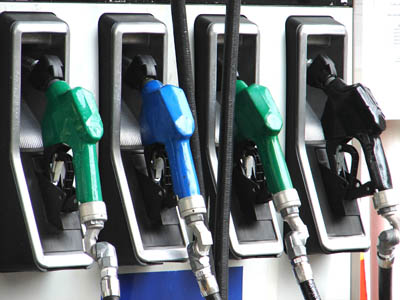Prices of fuel are likely to see further drop in the first pricing window of July by about 2%. This is according to the Institute of Energy Security (IES).
The Institute believes indicators such as the relative appreciation of the cedi against the dollar and the general reduction in the global price of crude oil would lead in the reduction.
The Principal Research Analyst at the Institute of Energy Security, Richmond Rockson explained that the average cost of crude oil at 48.87 dollars per barrel, is a primary factor in determining prices of petroleum products.
“When you look at the indicators; that is crude oil, its price has dropped on the world market. Currently, it’s selling at an average of 48.87 dollars per barrel. Although the cedi depreciated, it was marginal by just about 1%,” he explained. Mr. Rockson added, “But our inventory as a country is enough to take us for the next four weeks.
That is how come we are confidently projecting that prices in the coming window will go down.” The Research Analyst however cautioned that the prices may see a marginal increase at the pumps subsequently.
This he believes will be influenced by the National Petroleum Authority (NPA)’s revised specifications for Gasoil, Gasoline and Kerosene which came into force on 1st July 2017.
“All things being equal, we expect that prices are going to drop in the local markets for this window by between 1.5% to 2.5% but the caution is that NPA is supposed to bring in new standards of fuel. We are moving from the 3,000 ppm to 50 ppm.” “What it means is that we are going to have better quality of fuel which is higher in pricing as compared to the 3,000 ppm.
So even though we are expecting prices to fall, prices may rather rise if the implementation starts,” he remarked.
The IES in May predicted an average drop of 1.03% percent in fuel prices for the second pricing window, relating it to developments across the globe. In June, the Institute also predicted a 4% increase in fuel prices for the first pricing window in June.
Principal Research Analyst at the Institute, Richmond Rockson attributed the development to the depreciation of the cedi by 1.18%, as well as increase in prices of gas oil and gasoline at the time.
–
Source: Citifmonline.com





